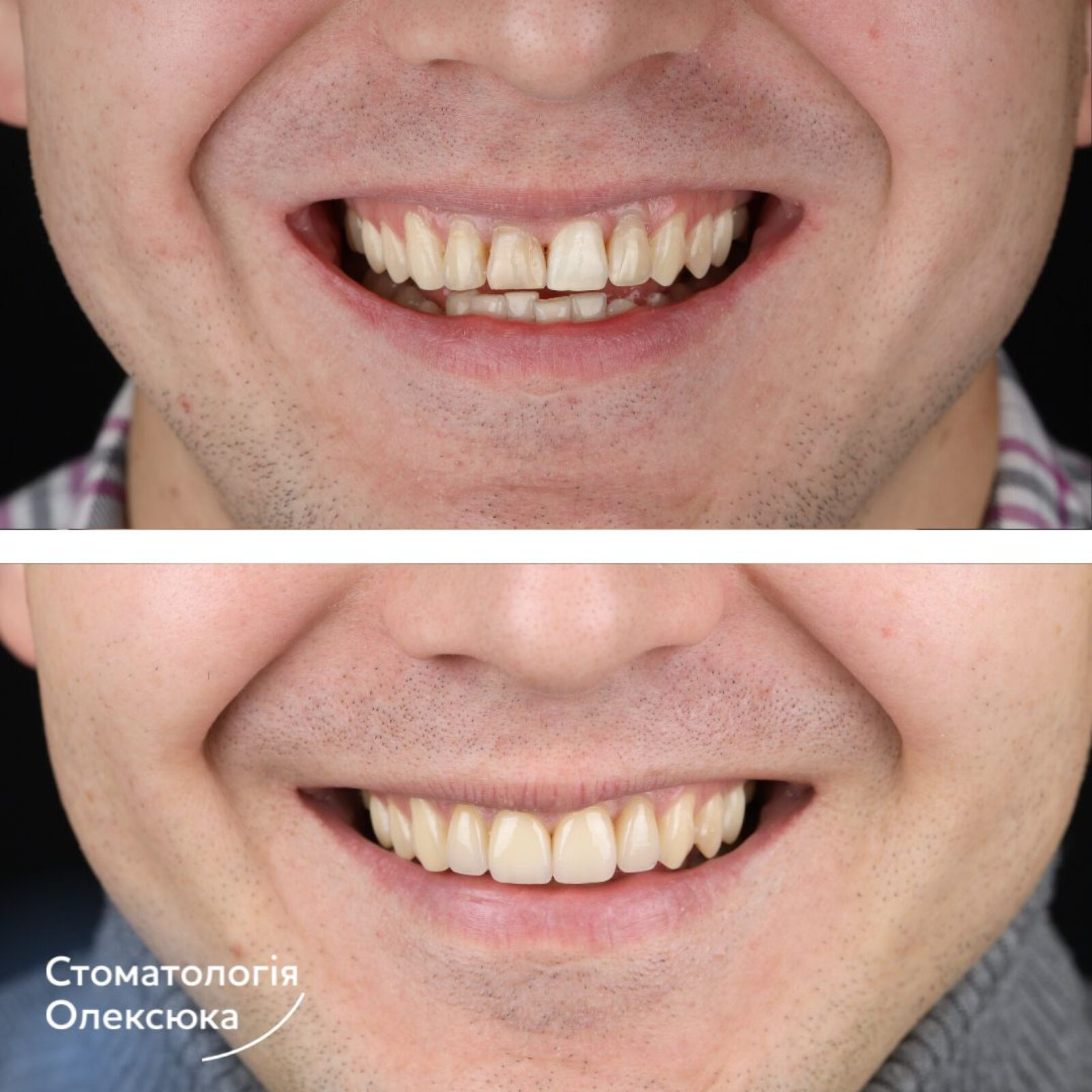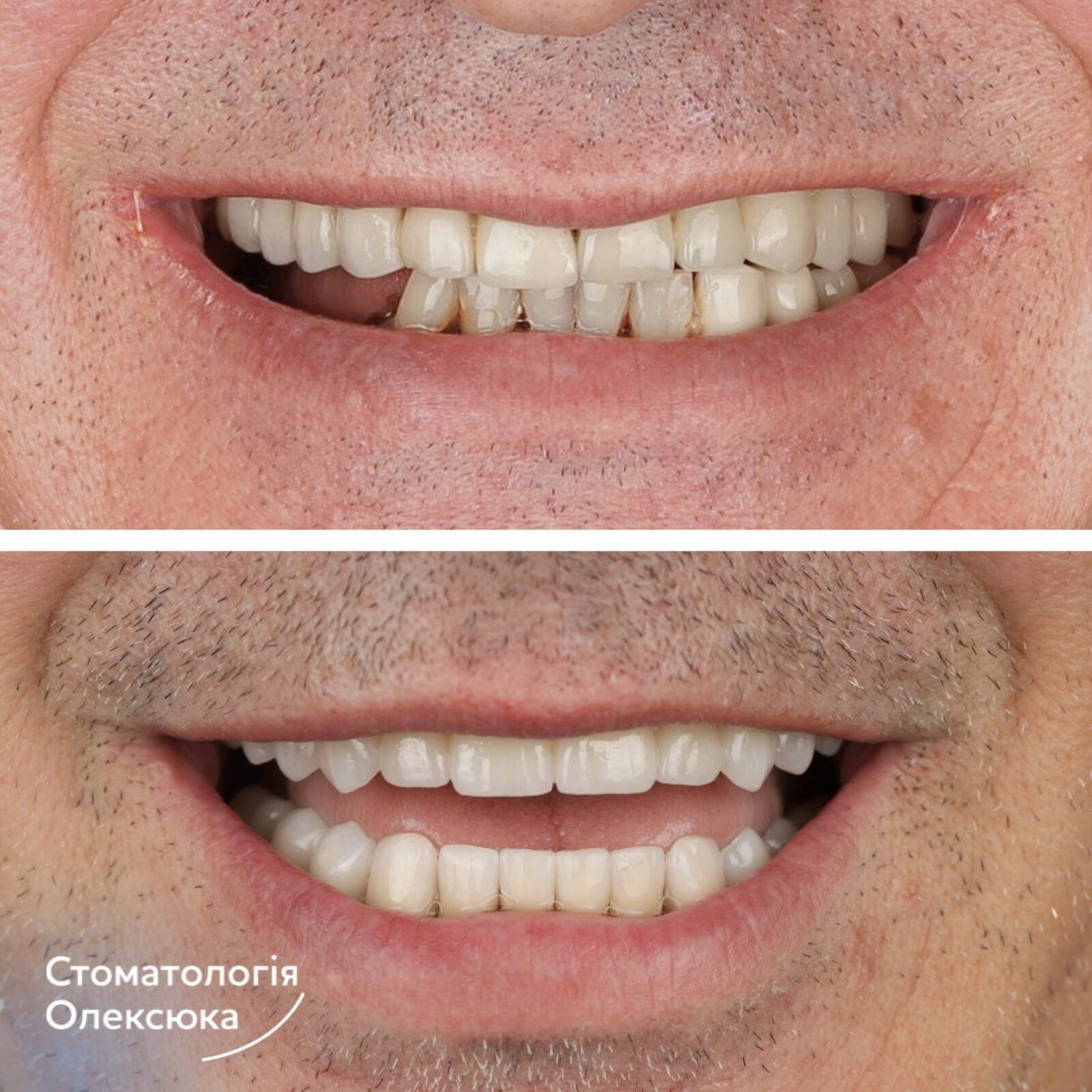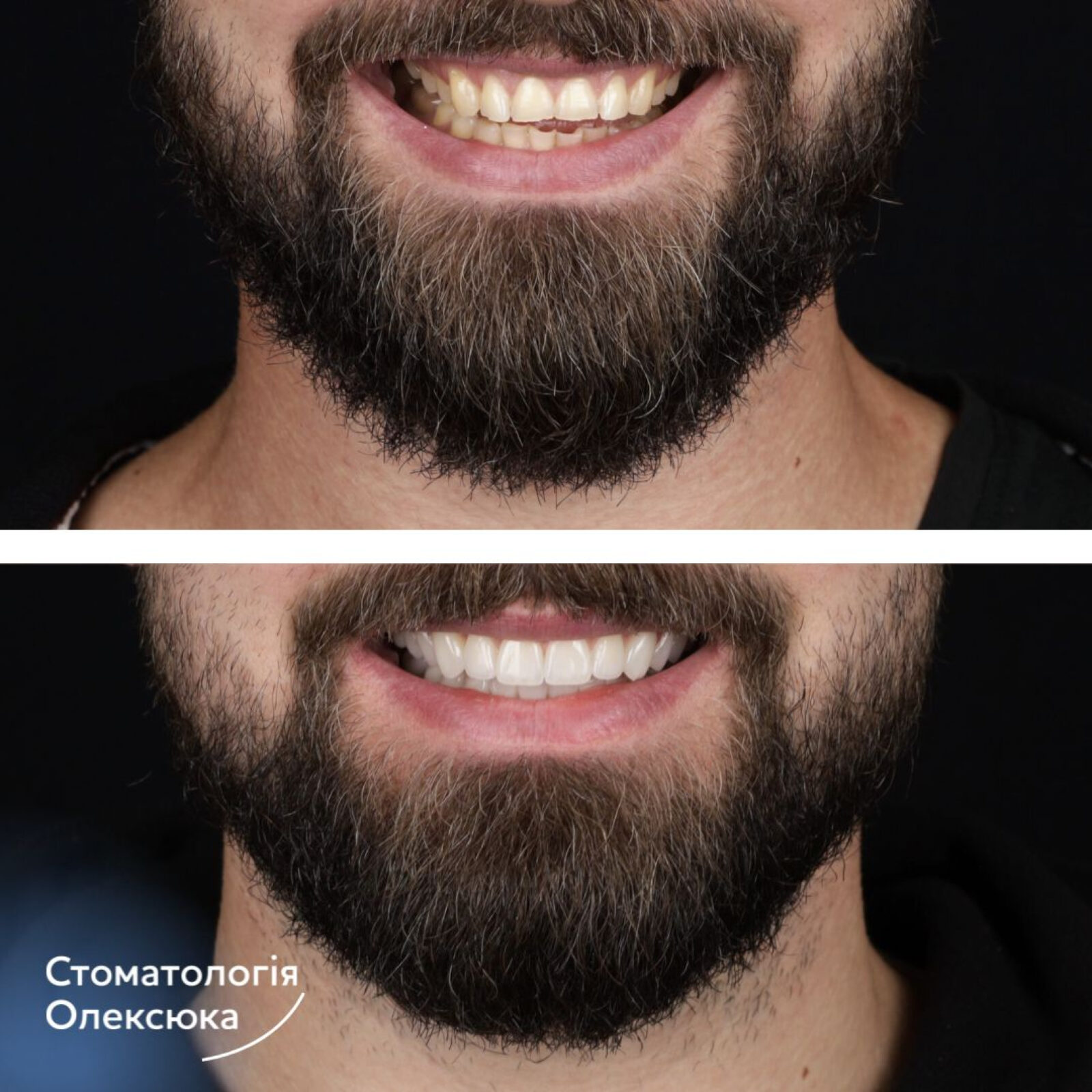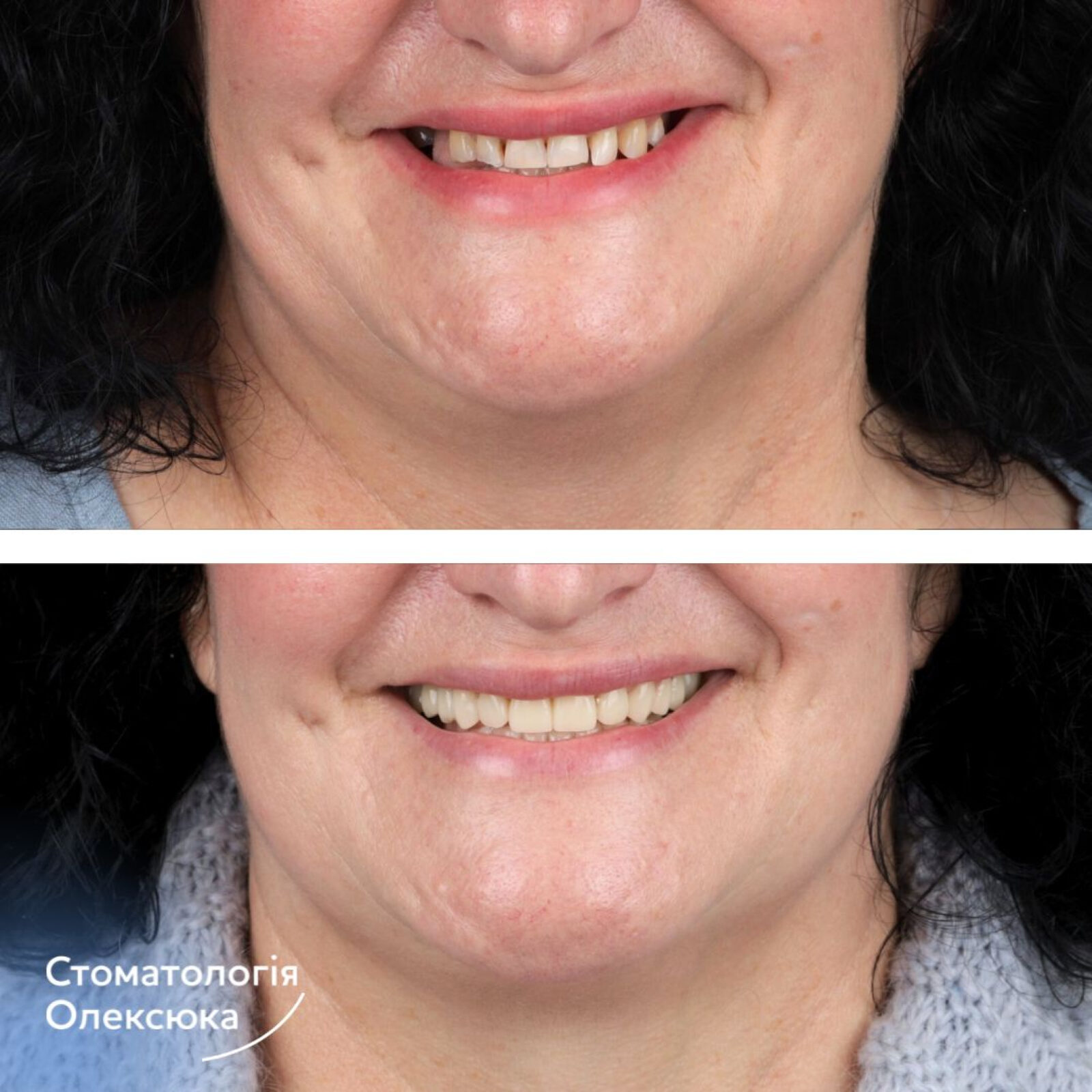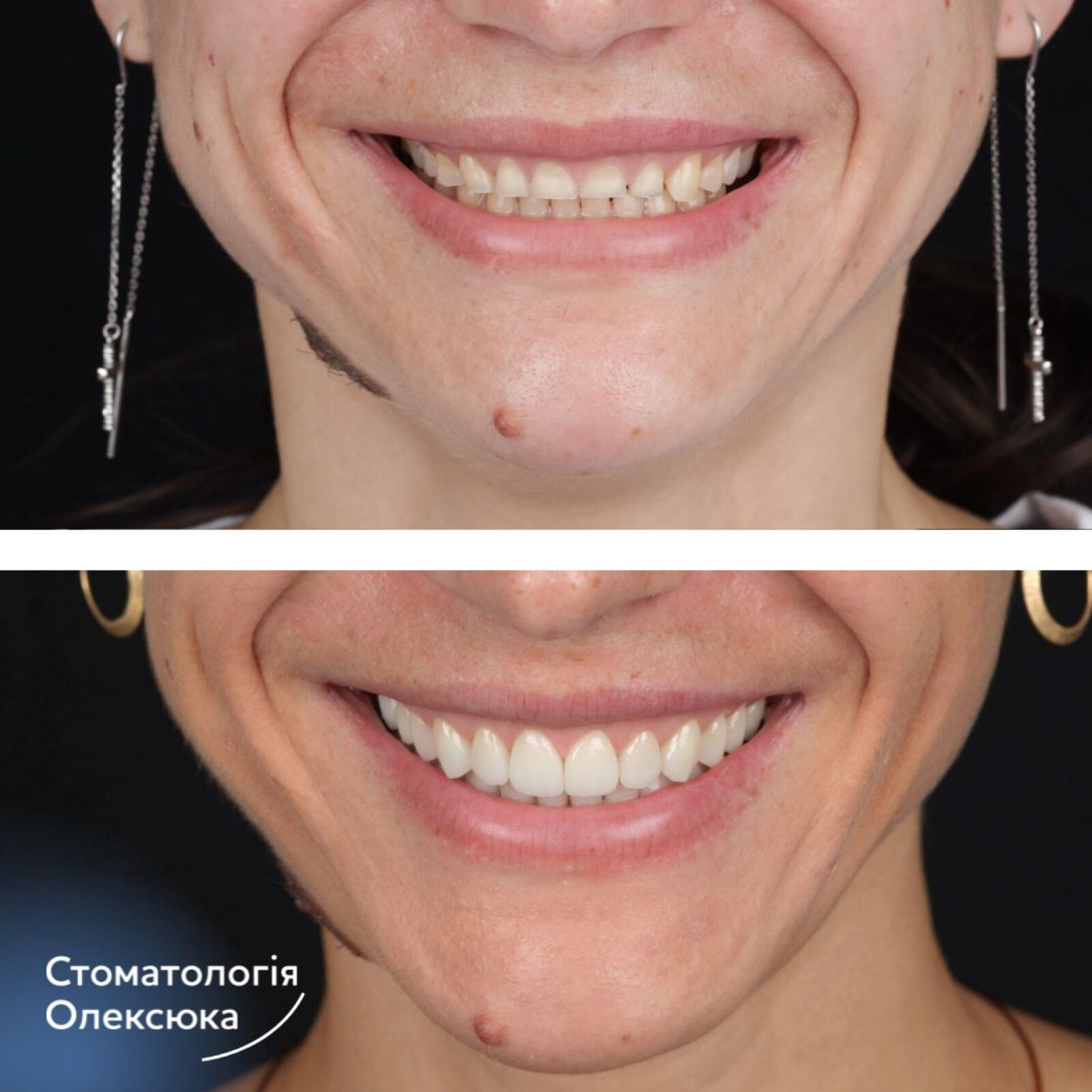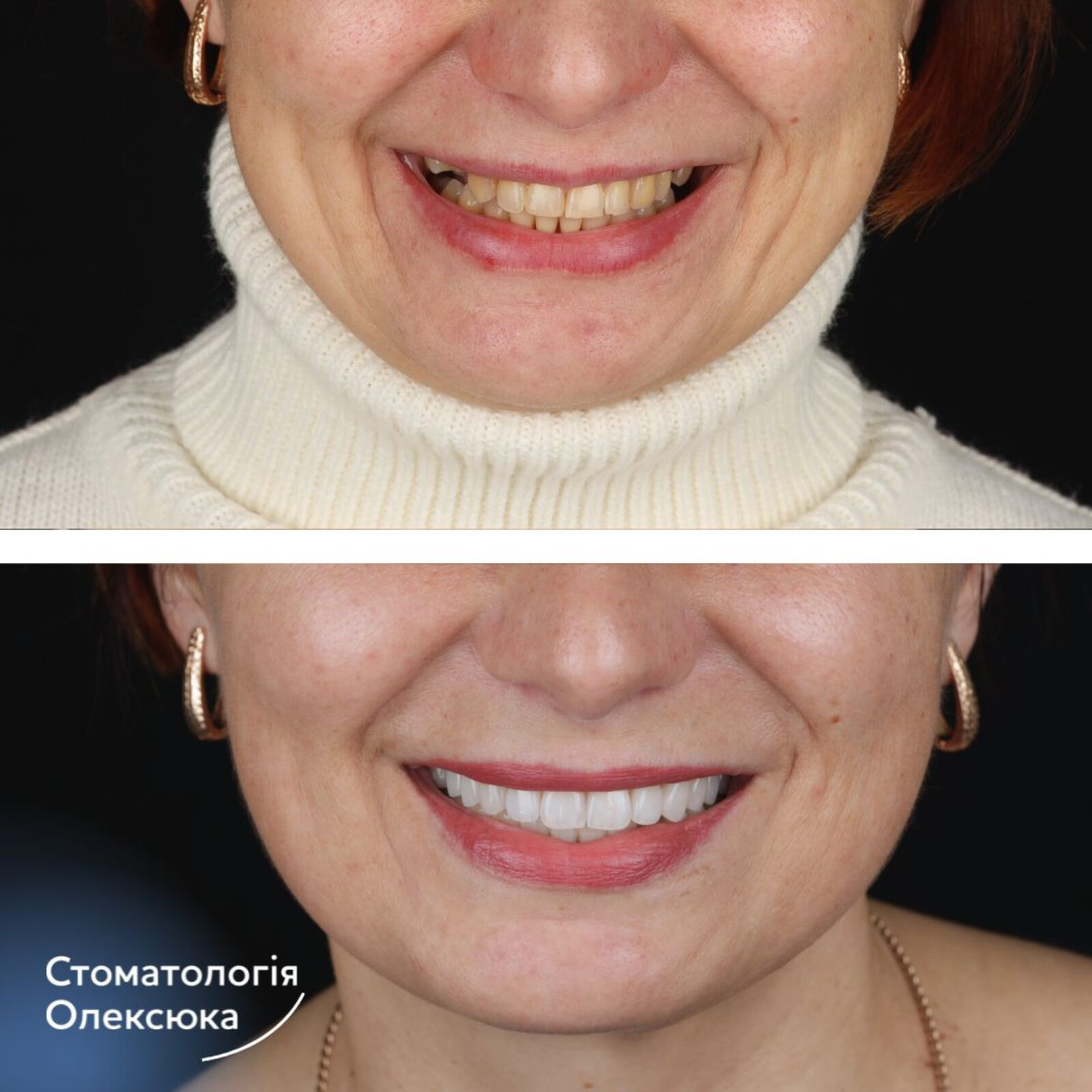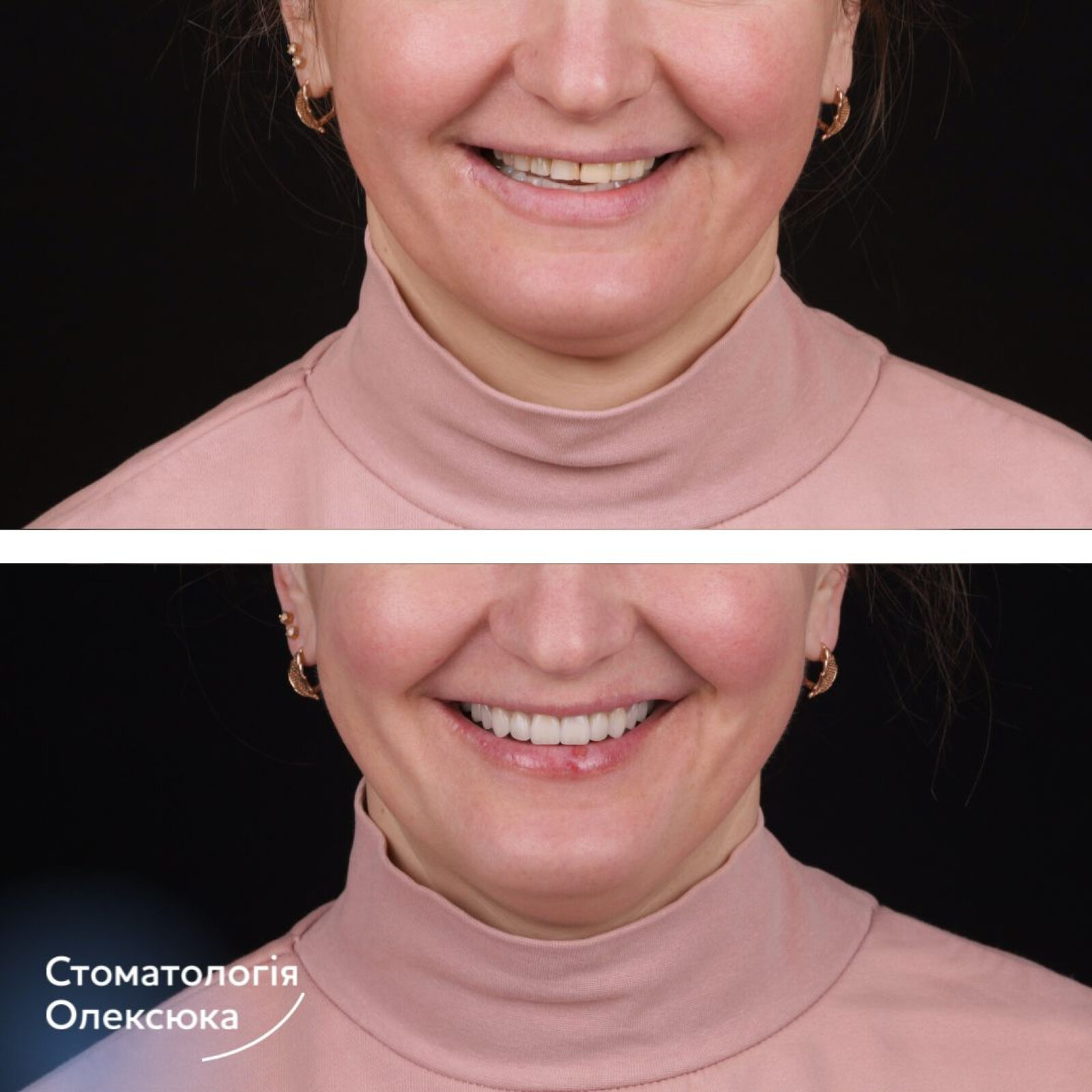Malocclusion, what it is and how to correct it.
There are significantly fewer people with a correct bite than with an incorrect one. The degree of pathology is often insignificant, however, it is advisable to exclude defects and prevent problems that can cause even minor deviations.
Malocclusion of teeth in humans is a violation of the closure and position of the teeth in relation to each other. Below in the photo you will see an example of the correct closure of the teeth and one of the many types of malocclusion.
Signs of malocclusion.
Only an orthodontist can accurately determine the correctness of your bite. It is important to know that some symptoms of malocclusion are visible to the naked eye. A sign may be a twisted teeth of the lower or upper jaw, a lower jaw pushed forward or a protruding upper lip, possible facial asymmetry and improper closure of the dentition with each other.
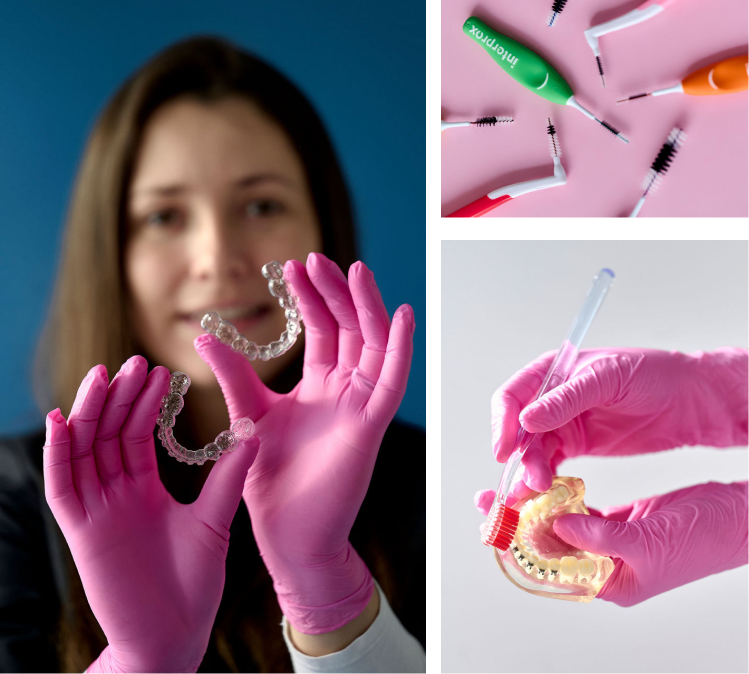
Types of malocclusion.
We can talk about a physiologically correct bite if the teeth fit snugly together, the upper and lower teeth correlate with each other, and the imaginary longitudinal axis that divides the face into symmetrical parts passes between the incisors. It is allowed if the upper teeth slightly cover the lower ones - no more than a third.
Imperfections are expressed in different ways:
- With an open bite, there is no contact between the jaws - completely or partially.
- With a deep bite, the lower teeth are significantly covered by the upper teeth.
- A forward jaw indicates a mesial bite.
- A well-developed upper jaw is called a distal overbite.
- It happens that the teeth intersect each other like scissors, so this bite is called a cross bite.
- A lowering appearance occurs against the background of tooth decay and loss.
- The dystopic type is characterized by the formation of some teeth outside the correct location.
There is also an abnormal type of bite.
Below, we invite you to watch a short video that clearly demonstrates the classification of malocclusion. It is better to see once than to be confused in medical terms.
Causes of malocclusion.
Many factors influence the formation of a person's bite. We all come from childhood, so it all starts there:
- heredity and trauma during childbirth.
- No possibility of breastfeeding.
- Excessive sucking of the pacifier.
- Early or late loss of temporary teeth.
- Oral breathing against the background of chronic runny nose (adenoids).
- Advanced caries.
- Metabolic disorders.
Consequences of malocclusion.
In addition to aesthetic considerations in order to harmonize the appearance, it is recommended to correct malocclusion to prevent a number of possible physiological disorders. An incorrect bite directly threatens to damage the teeth, leading to periodontal disease, early enamel wear, and caries.
There may be maxillofacial problems: facial misalignment, clicking when chewing and opening the mouth. Constant insufficient chewing of food, mainly on one side of the mouth, causes gastrointestinal problems. If the wrong breathing mechanism is developed, ENT diseases develop. Speech defects and diction disorders are possible.
Correction of malocclusion in adults.
According to statistics, nine out of ten people have problems with their bite, and every third such case requires the use of a special technique. According to modern orthodontics, malocclusion is not a death sentence, and crooked teeth can be straightened at any time. However, an attractive, perfect smile is an essential component of a successful person, and without a correct bite, it is simply impossible.
Many people wonder whether it makes sense to address issues related to bite correction at all. For many, this flaw may seem insignificant, but in fact, it is associated with a number of psychological problems that can negatively affect a person's life. Existing problems with the bite can cause gum disease, provoke the appearance of caries, contribute to tooth abrasion, and make it difficult to fit dentures.
Adults with an incorrect bite are more likely to suffer from migraines, digestive problems, and other health problems. Malocclusion can cause problems with the functioning of the jaws.

Price.
- Orthodontic appliance for the maxilla with an expanding screw and arch 8000 UAH
- Mouth guards (Preorthodontic trainers) 250 euros
- 2x4 system for one jaw 350 euros
- The device (Hayrex) 500 euros
Make an appointment!
We will call you back as soon as possible to clarify the details of the appointment. If you have any questions, our manager will answer them
At what age can the bite be corrected?
It is best to correct malocclusion in adolescence. At this time, the teenager is actively growing, the bite of the teeth is completing its formation, and intervention in this case will give the best result. However, adult bite correction has certain specifics - in particular, in this case, you may encounter a number of difficulties during the correction:
1) The key problem is that after the jawbones are formed, a lot of effort is required to transform them. In particular, after the age of thirty, the blood supply to the tissues slows down and it is more difficult to correct the movement of the teeth;
2) as a rule, an adult patient's teeth do not look the best - they are more fragile, they have many fillings, and therefore it is difficult to use orthodontic structures for them;
3) if there are distant teeth in the jaw, this can cause bone atrophy and, as a result, slow down the speed of bite correction;
4) bite correction in adults is more expensive. At the same time, taking into account the above, the correction of malocclusion is an important and necessary thing, and it is also relevant even for adults, not just children.
Teeth straightening with braces
Teeth straightening with braces can be used when it comes to treating adult patients, i.e. people who already have an incorrectly formed bite. Patients who have had a long period of bite correction often have no idea how braces are installed. Ignorance breeds distrust and even fear. In fact, this is a painstaking and multi-stage process, but it is simple and completely painless.
How a modern bracket system works. This fixed orthodontic structure consists of:
- small single bracket plates, or braces themselves;
- The arc that connects them;
- ligature fixators in the form of rubber bands or delays.
All these elements become a single system only on the patient's teeth. They are assembled into a single whole by an orthodontist.
The process of placing braces
The braces are placed by brushing your teeth with a special toothpaste. Beforehand, the doctor uses a mouth dilator to provide a "wide field" for work and access to the back teeth. Then he covers the enamel with a special chemical composition and rinses it with water after a while. The bracket fixation areas are treated with a protective gel.
Light-curing material is applied to the back of the bracket and pressed against the tooth. The remaining material is removed. After positioning the bracket, the doctor shines a photopolymer lamp, under the influence of which the material quickly hardens and firmly bonds to the enamel surface. Thus, braces are placed on all teeth in sequence.
After that, an arch is inserted into the grooves, which is designed to align the teeth. It "remembers" the shape originally given to it and tries to return it, even when it is strongly bent. This is the mechanism of the bracket system.
Periodically, it is necessary to visit the dentist to replace the arch with a more elastic one or to tighten the ligatures. On average, the installation of a bracket system takes 1-1.5 hours. Ligature-free braces with locks are installed faster. For lingual systems that are fixed on the inside of the dentition, more time is required. After the process is completed, the patient returns home. But it will be possible to eat only after 2 hours. In the first days, you may experience minor toothache and discomfort. This phenomenon is considered normal and does not last long. If the pain is more difficult to tolerate, you can relieve it with painkillers - Paracetamol, Nurofen, Rapidor or others prescribed by your doctor.
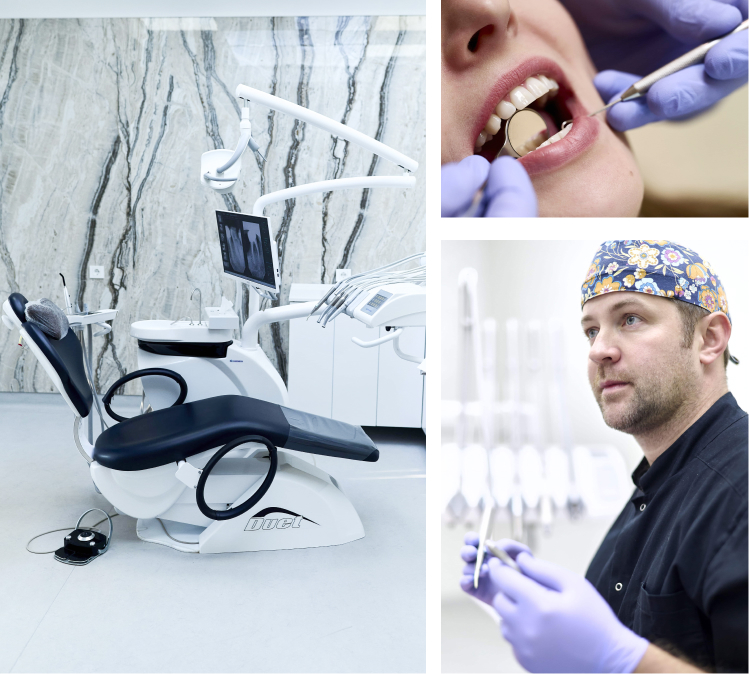
Types of braces - systems and types of braces.
There are two principles of braces installation: outside the dentition (vestibular braces), and inside - lingual braces.
Lingual braces are attached to the teeth from the inside, so they are not visible to others. Compared to vestibular braces, they are more effective because they can correct the problem of a "deep" bite, but the cost of internal braces is much higher than that of external braces. Lingual braces are more difficult to get used to because they reduce the size of the oral cavity. Patients often have problems with diction after placement, but after a few weeks, the tongue gets used to the braces, and diction is restored. Such braces are more difficult to care for because they are out of the patient's sight when cleaning.
External braces are the most common in orthodontic practice due to the lower cost of construction. They are made of metal, plastic or polymers. There are also two principles of attaching the arch to braces: with the help of elastic ligatures or ligature-free structures. The advantage of metal braces is the low friction force between the braces and the arch, due to the same material of construction. For patients with metal allergies, braces can be made of precious metals (gold), but this significantly affects the cost of treatment. For patients who are not satisfied with the aesthetic appearance of metal on their teeth, there are plastic braces. In this design, the braces themselves are made of plastic, but a metal arch is used. Such braces are not much more expensive than metal braces, but they have a number of disadvantages: plastic braces are fragile and change color over time due to the influence of food coloring.
Braces made of ceramic are the most expensive among the external braces. Their main advantage is that their color matches the color of the teeth, which makes them look the most aesthetically pleasing. The friction between the braces and the arch in such structures is higher than in metal ones, which can affect the duration of wear.
Sapphire braces braces are made of artificial sapphire crystals, they are completely transparent, invisible and not subject to staining.
Braces: pros and cons.
Not everyone wants to wear "braces on their teeth". This is how braces used to be called. Most people associate them with discomfort and aesthetic unattractiveness. But this is currently a false statement. We have collected for you the main pros and cons of bite correction with the help of orthodontic structures.
With modern braces, it is possible to look beautiful because there is an unlimited number of materials close to natural teeth. There are invisible lingual braces that are attached to the inside of the tooth. And for children, even the most ordinary metal braces can be decorated with colorful rubber bands, which looks quite stylish.
You can correct any problem with the bite or other aesthetic pathologies at any stage. Almost from the first days after braces are placed, you can notice improvements in the positive dynamics of your appearance. You will achieve a beautiful, healthy smile without surgery.
There are no age restrictions. Orthodontic appliances can be installed at any age if you have teeth. The limitation here may be passive personal interest.
There are no allergies to braces, they do not spoil the enamel and it does not hurt.
In order to maximize the benefits of wearing braces, you need to seriously reconsider your attitude to oral hygiene.
The duration of wearing orthodontic systems often lasts from one to three years. But this period seems significant only during the first three months. After you see significant changes in your smile, this process becomes inspiring. And each time you will realize how right you were and how right you were to get braces.
High prices for braces. All dental structures are expensive. But in the end, your treatment will pay off, because bite correction will help you prevent the further development of other diseases of the oral cavity and the body as a whole.

Our doctors
Make an appointment!
We will call you back as soon as possible to clarify the details of the appointment. If you have any questions, our manager will answer them

